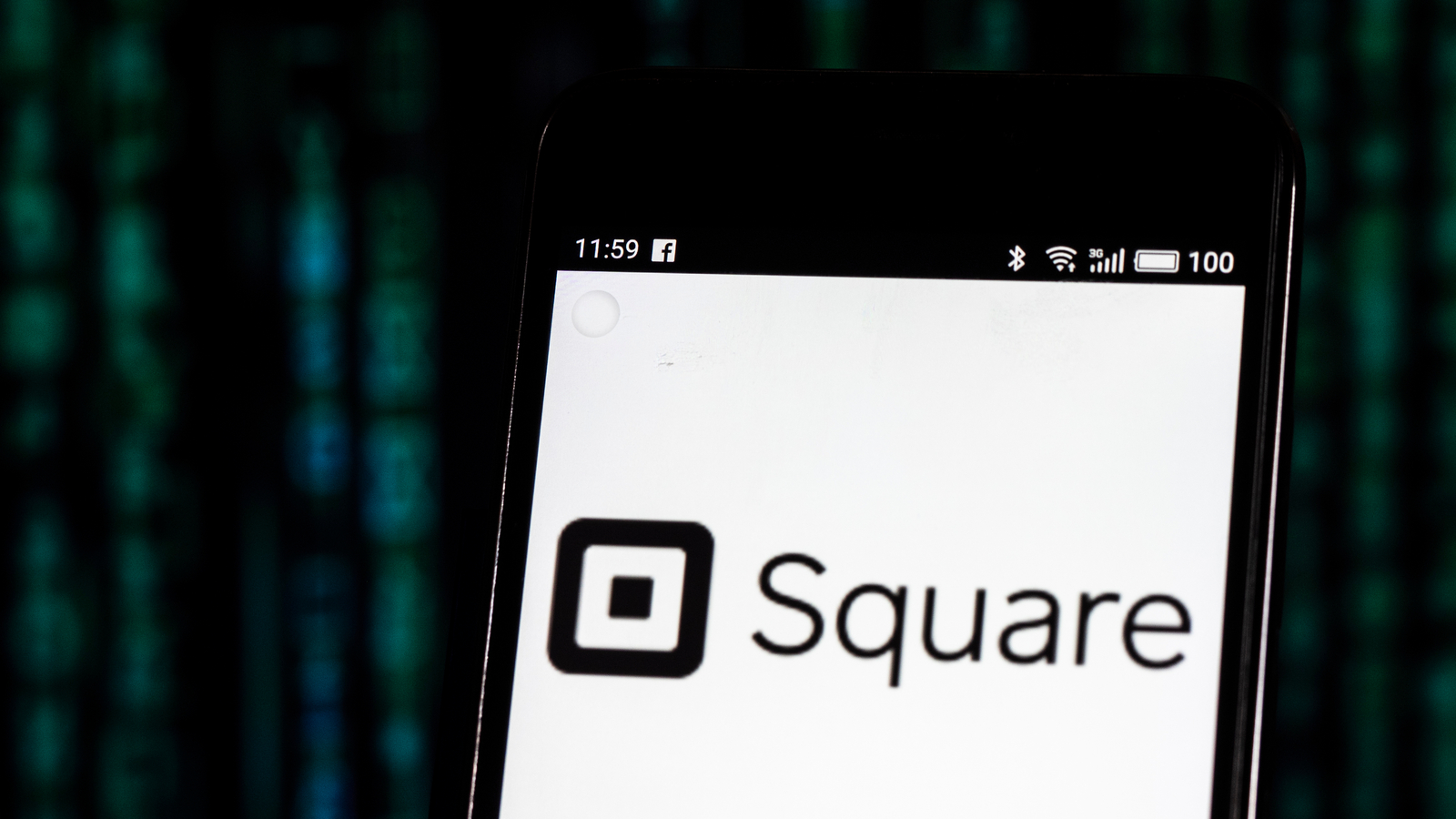Up nearly 150% this year, Square (NYSE:SQ) could be due for a pullback at some point soon. Investors should hope that scenario comes to pass because SQ stock is set up for long-term gains.

The novel coronavirus pandemic is cementing Square’s status as one of the must-own fintech names. That’s impressive because, at least in theory, the pandemic could have been on a serious drag on this name. Square’s famous smartphone-based card reader and point of sale systems are widely used by small and medium-sized businesses – the types of entities being crimped by the pandemic.
The concern is that those business are being battered by the pandemic and that many won’t recover rapidly enough to bolster the Square bottom line. Still, the company was able to report a smaller-than-expected second-quarter loss. In reality, Covid-19 is creating momentum for Square and these tailwinds will prove durable even after the virus is defeated.
Some analysts are concerned that investors are focusing too much on growth in the digital wallet space, where Square is a leader via Cash App and that that growth isn’t enough to augment the struggles of the company’s small and medium-sized sellers. However, price is truth in financial markets. A sell-side analyst voiced those concerns in early July when SQ was trading around $115. Now it’s over $155.
Talking Tailwinds for SQ Stock
Another cautionary Cash App tale bandied about by analysts is that much of the recent growth in that segments stems from users opting to receive government stimulus benefits in their Cash App accounts. Analysts argue that catalyst will eventually disappear because Covid-19 will become a thing of the past and Uncle Sam will cease sending cash to Americans.
That’s true, but the sentiment also ignores new growth frontiers Square is forging into. For example, Square Capital is becoming a force in processing payroll protection program (PPP) loans, carving out a niche for itself among smaller loans that big banks often ignore.
As of late June, Square Capital facilitated approximately $820 million worth of PPP loans at an average size of $11,000, nearly half of which went to businesses in areas where the average annual household income is less than $50,000. Not only is Square Capital lending to businesses that are underserved or not served at all by traditional banks, it’s doing so in more efficient fashion. In the span of six weeks, Square originated the amount of loans it would take a standard bank more than four months to put into motion.
Another avenue for growth for Square, though it’s still in its nascent stages, is a friendlier version of old-school payday loans – something the company is currently testing in select regions. There are more payday loan outlets in the U.S. than there are McDonald’s (NYSE:MCD) restaurants, indicating this unsavory business is big business.
Using simple math, a borrower at a traditional payday loan store would repay $230, assuming the loan is paid on time, to borrow $200. Square can knock that down to $210.
The company is testing the idea in regions where Cash App is popular, owing to large swaths of users that are “unbanked” – a demographic predatory lenders often prey upon with onerous interest rates.
Just Scratching the Surface
The aforementioned factors don’t include two of the most durable post-pandemic trends relating to Square: the shift to cashless payments and the rise of e-commerce.
Remembering that it was just a few years ago that cash was usurped by other forms of payment for the first time, there’s a long runway for growth for Cash App and Square’s bread and butter point of sale systems.
Square is tethered to the rise of online retail because it offers sellers comprehensive solutions, including online stores and virtual terminals, confirming the fintech company has deep reach into the e-commerce ecosystem. That’s relevant at a time when online retailers are taking ever larger percentages of business away from brick-and-mortar rivals.
Todd Shriber has been an InvestorPlace contributor since 2014. He owns shares of Square.
